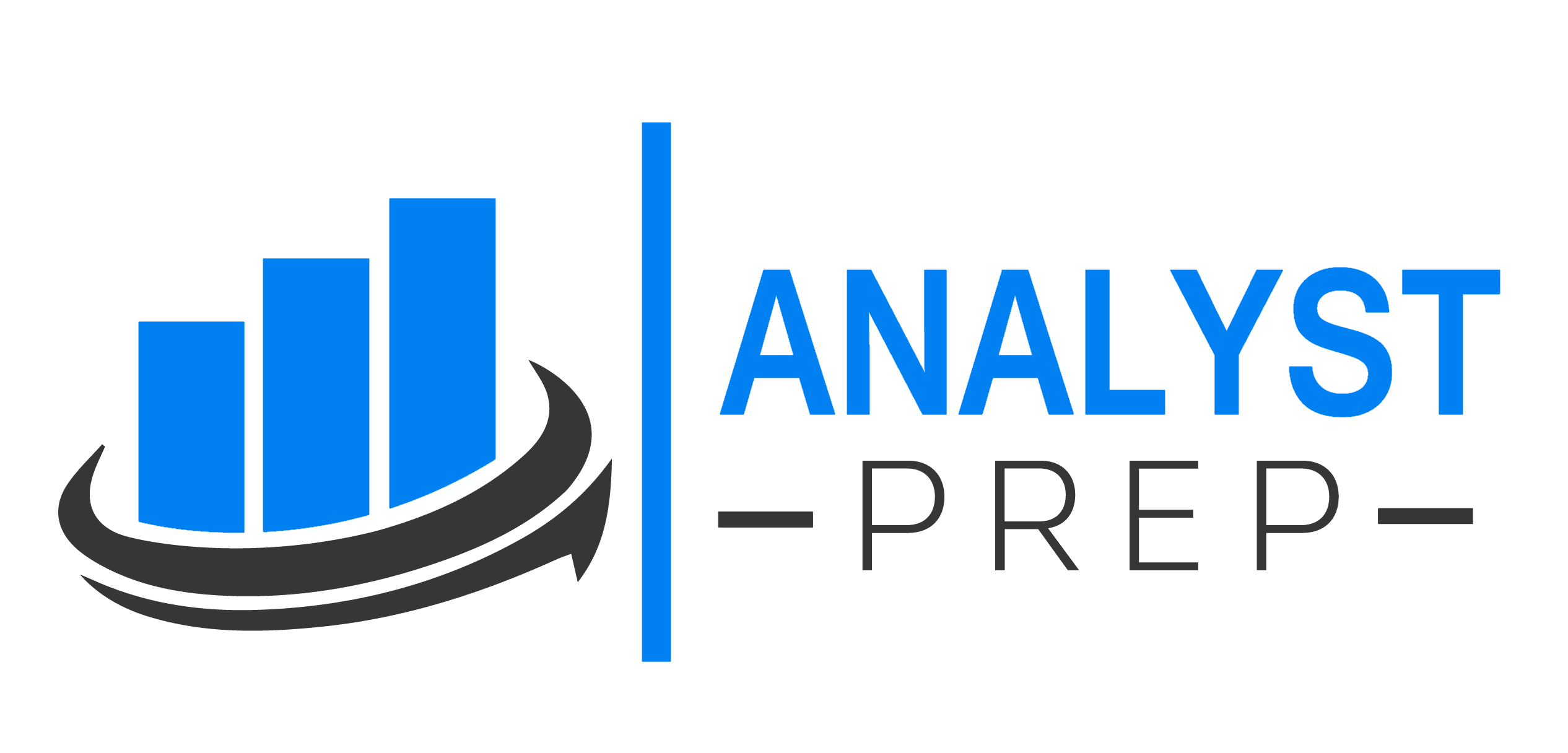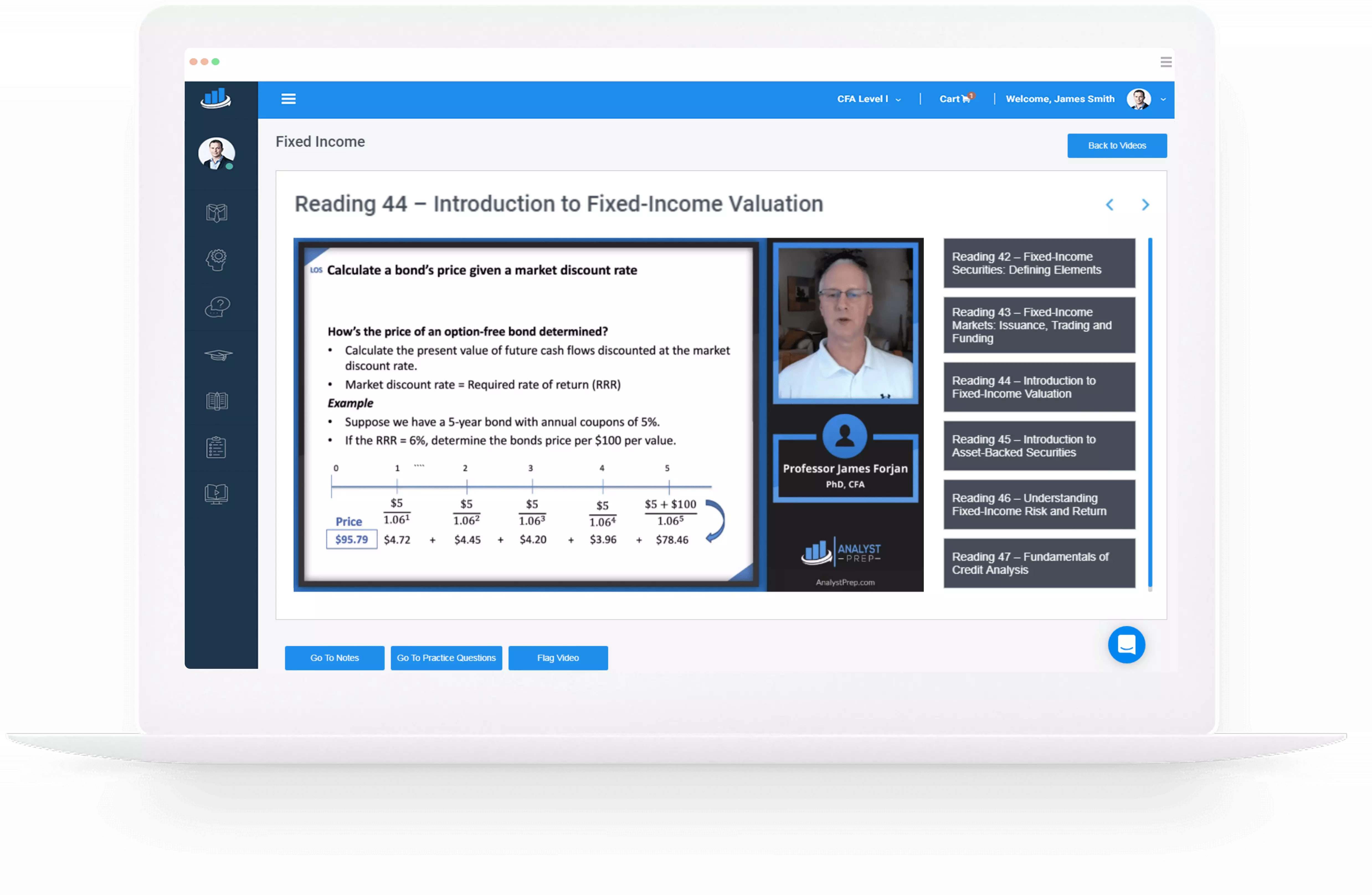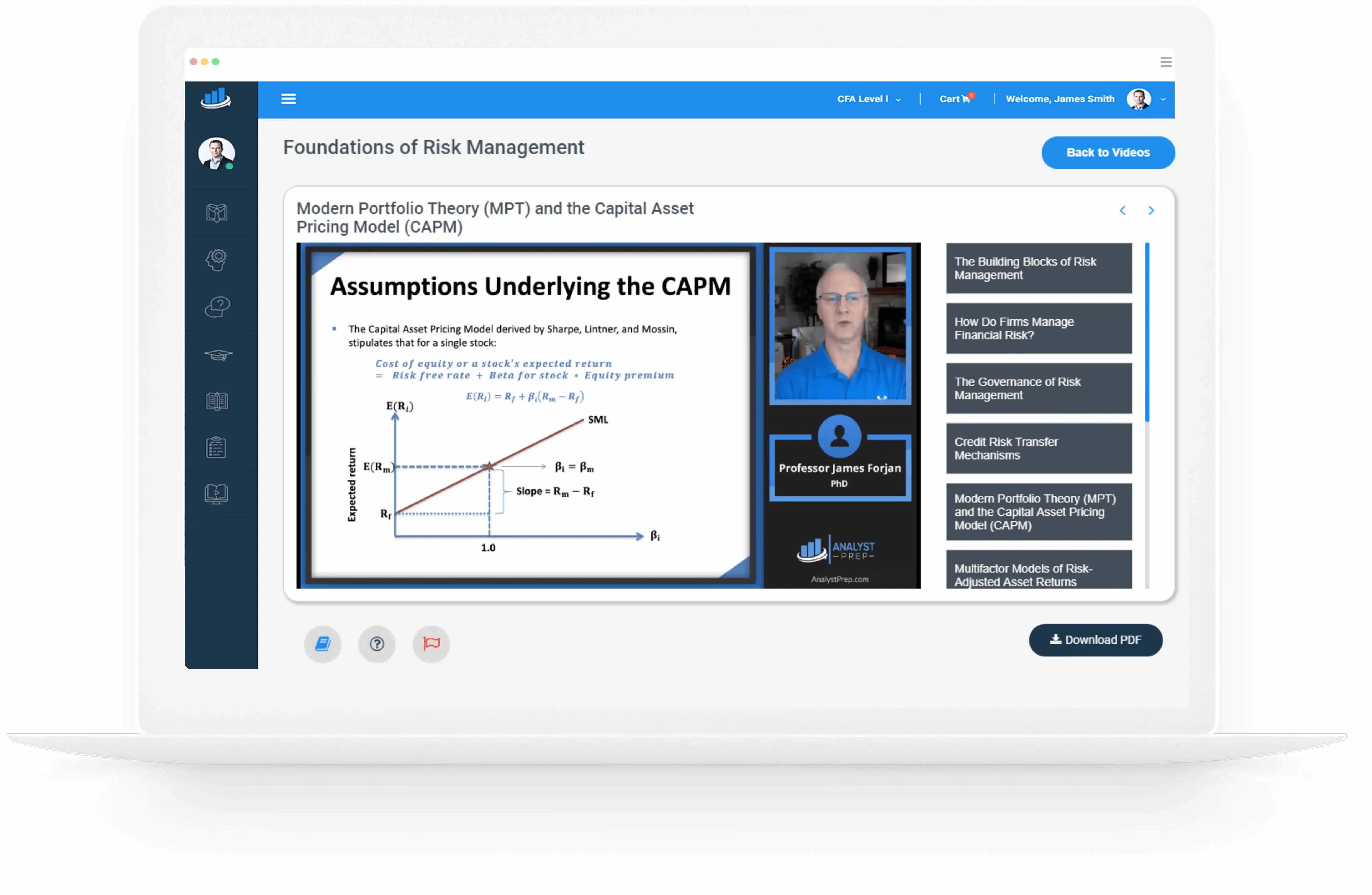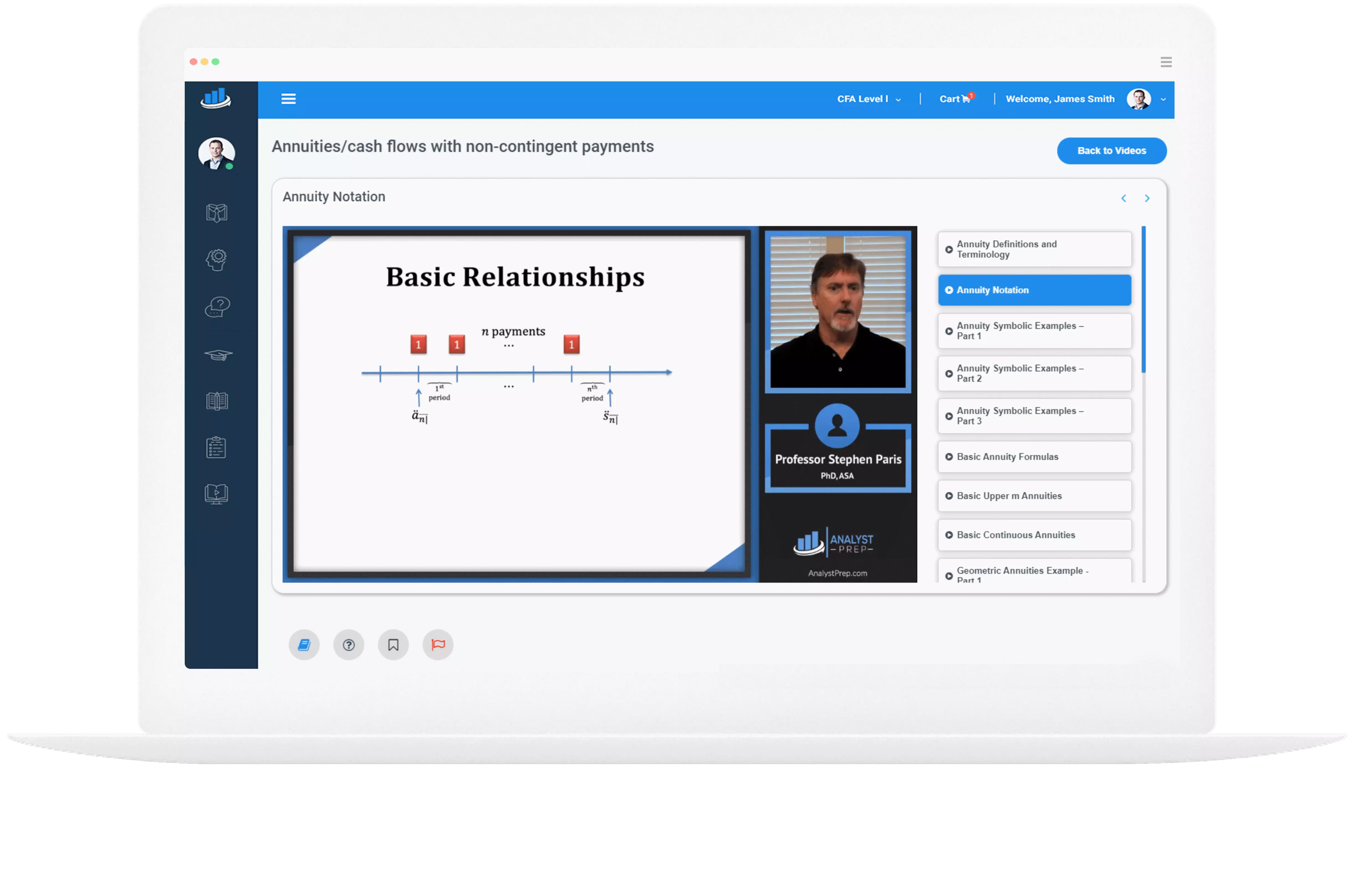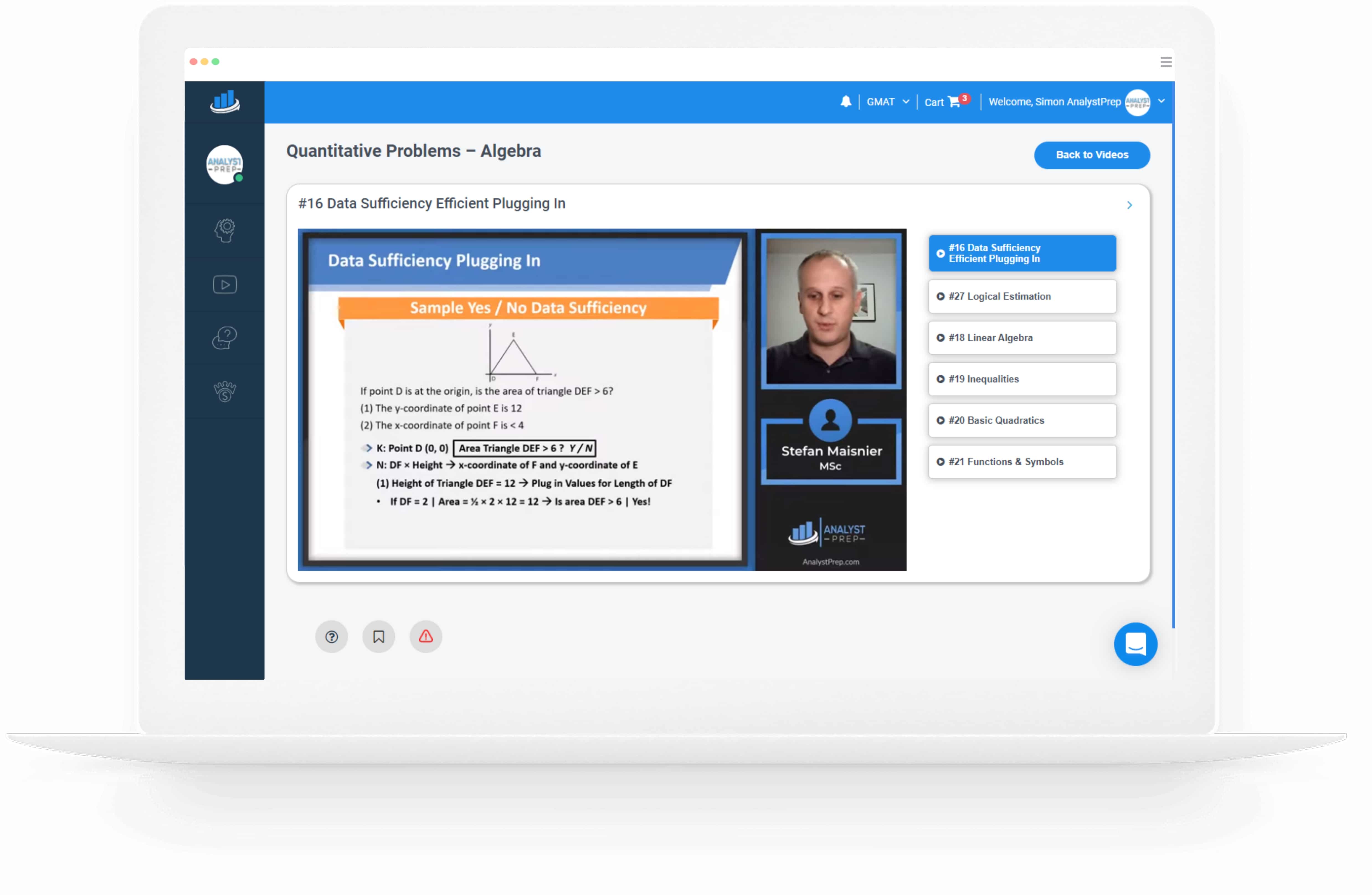Market-Based Valuation
Analysts frequently attempt to calculate the value of private companies by referencing market-based multiples derived from comparable public companies' stock shares. This approach is favored over the income-based valuation method discussed earlier. While, in some instances, these multiples are modified…
Income Approach Methods of Private Company Valuation
In earlier sections, we discussed adjusting valuation parameters for private companies, including income normalization and required rate of return changes. After determining the firm's value, control, and marketability, premiums or discounts may be applied based on the evaluator's perspective and…
Fundamental Determinants of Residual Income
The fundamental drivers of residual income can be recognized by assuming a constant growth in dividends and earnings. Assuming constant growth, a stock’s intrinsic value under the residual income model, can be expressed as: $$\text{V}_{0}=\text{B}_{0}+\frac{\text{ROE}-\text{r}}{\text{r}-\text{g}}\text{B}_{0}$$ If the return on…
Valuation with Comparables
Valuation based on Comparables The P/E valuation method is used to estimate a company’s stock value by applying a benchmark multiple to the company’s actual or forecasted earnings. An equivalent approach is to compare a stock’s actual price multiple…
Single-Stage Residual Income Valuation
Single-Stage Residual Income Valuation The single-stage residual income (constant-growth) model assumes that a firm has a constant return on equity and constant earnings growth rate through time. $$\text{V}_{0}=\text{B}_{0}+\frac{\text{ROE}-\text{r}}{\text{r}-\text{g}}\text{B}_{0}$$ Example: Using a Single-stage Residual Income Model A company’s current book…
Valuation Discounts and Premiums
Public company valuations are based on liquid share exchange, while private company valuations adjust for control and limited share exchange. The highest value comes from a strategic buyer with synergy potential and a willingness to assume execution risk. Financial buyers…
Asset-Based Approach (Cost Approach)
The principle underlying the asset-based approach is that the value of ownership of an enterprise is equivalent to the fair value of its assets less the fair value of its liabilities. The asset-based approach, also known as the cost…
Required Rate of Return Models
The CAPM $$\begin{align*}\text{Required return on equity}&= \text{Risk-free rate} \\&+ (\text{Beta} \times \text{Market risk premium})\end{align*}$$ The CAPM is generally inappropriate for private entities. Expanded CAPM $$\begin{align*}\text{Required return on equity} &= \text{Risk-free rate} + (\text{Beta} \times \text{Market risk premium}) \\&+ \text{Small stock…
Discount Rate Estimation Elements
Challenges in estimating a required rate of return: Size premium When valuing private companies, size premiums are used in developing equity return requirements. Estimating a premium using small public firms may have an upward bias since many of them are…
